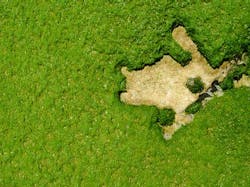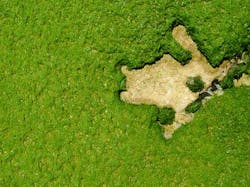Seaweed based flocculent technology to help recover water from oil waste
A pilot project has started up in the Middle East that aims to use a biodegradable flocculent made from seaweed to help recover water from oil waste.
Norway-based Sorbwater Technology AS has started a trial with the aim to achieve zero liquid discharge (ZLD) and recover fresh water for reuse.
Produced water is being cleaned using Sorbwater’s technology from an oil-in-water content of about 100ppm down to 1ppm oil in water. The trial is in the range of 400 bbl/day.
The idea is that a desalination process can then follow to remove salt from the water so it can be reused as process or wash water.
The pilot commenced in January 2016 and if successful, the Sorbwater system will be deployed in several plants, with each installation treating between 200,000 – 300,000 bbl/day of produced water.
Approved by the Norwegian Institute of Public Health for use in drinking water treatment, the supplied Sorbfloc flocculent technology is extracted from seaweed and is from the hydrocolloid family, able to attach to even the smallest particles or oil droplets in water, the company said.
It is characterised by cross linking capabilities that, when activated according to Sorbwater’s process, “instantly and irreversibly flocculate pollution in water to large, easy separable super-strong flocks”, according to Sorbwater.
Kenneth Olsvik, CEO of Sorbwater Technology, said: “A successful pilot will represent a breakthrough for reusing such water in the region and achieving zero liquid discharge.”
###
Read more
Desalination trends in the oil and gas industry
Falling oil price won’t impact thermal desalination projects – IDA


